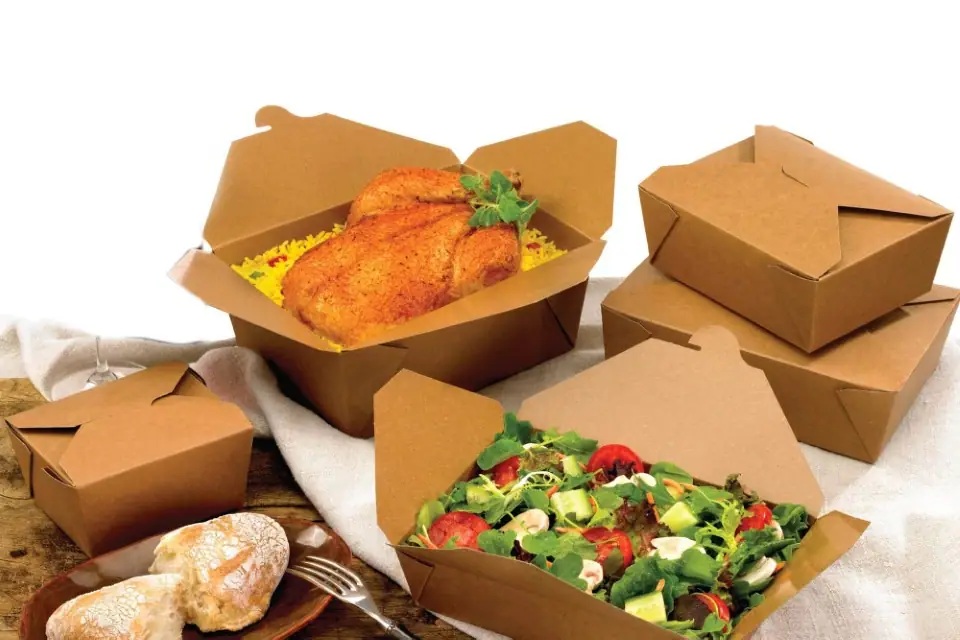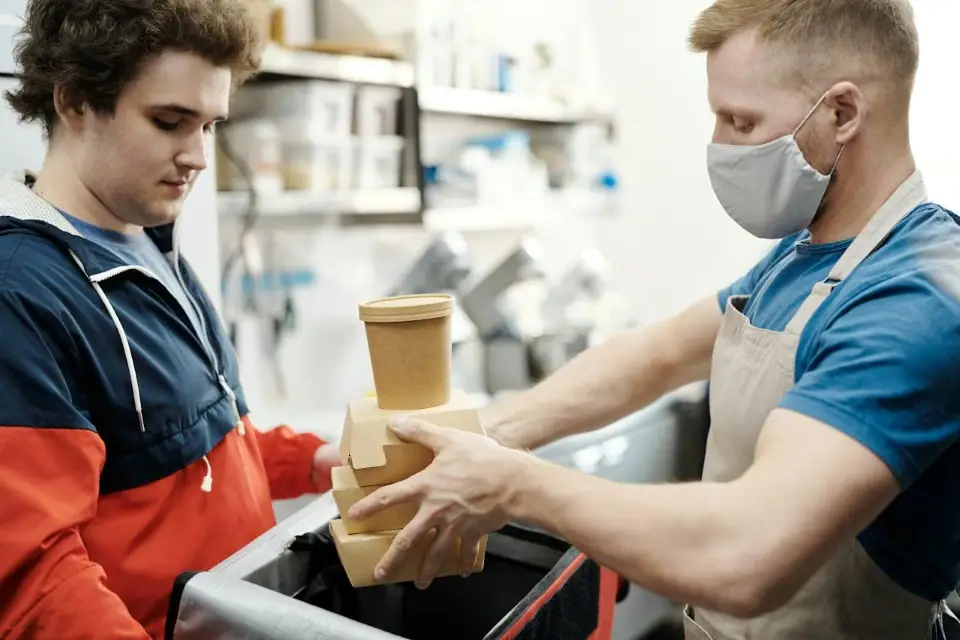Starting a food packaging business requires careful planning and preparation. From choosing the right packaging materials to implementing food safety procedures, many factors need consideration to create a successful company. This guide covers the key steps involved in launching a food packaging operation.
Determine the Business Structure
First, decide on the legal structure for the business. Common options include sole proprietorship, partnership, corporation, or limited liability company (LLC). Each has different regulations, tax implications, and personal liability. Consult with legal and tax professionals to choose the best model. The business structure impacts steps like obtaining licenses and permits.
Research Potential Markets
Conduct market research to identify target customers and packaging needs. For example, consider if you will provide packaging for restaurants, food processing companies, or direct-to-consumer food products. Understanding customer requirements will inform packaging design and capabilities. You may need different equipment to package deli sandwiches versus frozen entrees, for instance.

Source Packaging Materials
Research and select packaging materials that meet your customers’ needs while complying with food safety regulations. Common options include plastic, glass, metal, paperboard and more. Sustainable and eco-friendly packaging may appeal to certain customers. Partner with reliable suppliers that provide quality materials on time.
Obtain Necessary Licenses and Permits
Apply for required local and state licenses and permits. Most areas require a general business license. You may also need permits related to zoning, wastewater, signage, food handling and more. Adhere closely to regulations for food-related businesses. Hire a lawyer or permitting agency to ensure you obtain all necessary approvals.
Secure Appropriate Facilities
Look for facilities suited to food packaging activities, like commercial kitchens or warehouses. Make sure there is adequate space for inventory storage, equipment, packaging lines, and order fulfillment. The layout should allow efficient workflows. Facilities must meet food safety standards like sanitation, ventilation, pest control and waste management.
Purchase Packaging Equipment
Invest in equipment for functions like filling, sealing, labeling, inspecting, and palletizing. Options range from semi-manual to fully automated systems. Consider output requirements, budget, available space and labor when selecting equipment. Partner with manufacturers and engineers on system design and installation. Optimize workflows by balancing automation with manual tasks.

Implement Food Safety Procedures
Follow strict food safety protocols and train employees thoroughly. Require handwashing, protective gear, and sanitation. Control hazards like bacteria growth, cross-contamination, and allergens. Adhere to food storage and transportation guidelines. Use quality control methods like product inspection and testing. Document procedures in a food safety plan. Stay current on regulations.
Price Services Competitively
Determine pricing for packaging services based on costs, competition, and customer expectations. Factor in expenses like materials, labor, facilities, and equipment. Offer options like volume discounts or value-added services to attract customers. Adjust pricing as needed to remain profitable while competitive.
Market Services to Potential Customers
Promote services through tactics like an engaging website, search engine optimization, social media, and print/radio ads. Highlight capabilities, quality, and food safety standards. Reach out directly to businesses through emails, calls and in-person meetings. Attend trade shows and events to showcase products. Offer samples and free quotes to generate interest.
Building a successful food packaging business takes careful planning in many areas. Following food safety rules and selecting the right equipment and facilities are key. Effective marketing and competitive pricing will help attract and retain customers. With dedication and hard work, you can launch a packaging operation that meets clients’ needs while maintaining profitability.

